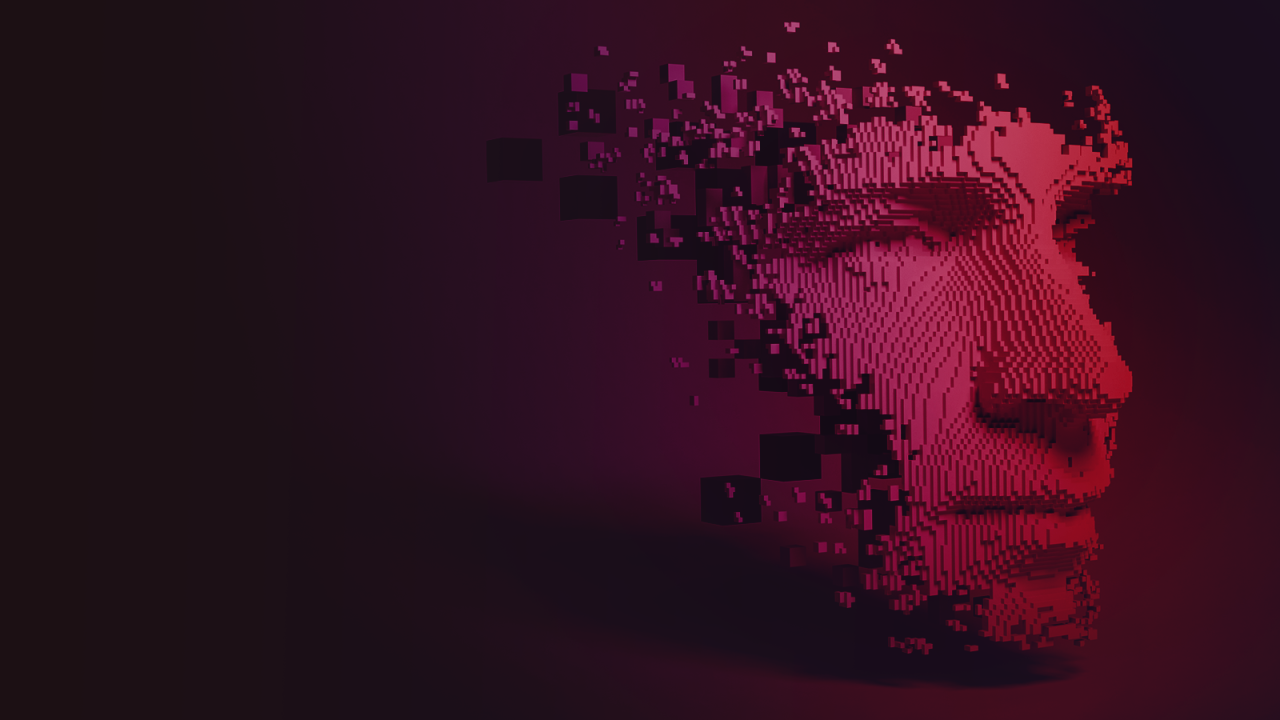Digital Twins Answer the Question, "What If?"
Keysight Technologies recently released Episode 5 of the podcast Source De[Code], focusing on the transformative role of digital twins in product design and development. The episode highlights how digital twin software enhances design workflows, allowing for improved performance predictions while balancing consumer expectations and business needs. It explains that digital twins connect simulation models with real-world data, enabling teams to visualize prototypes effectively. This technology helps address challenges in integrating new features with existing systems while maintaining product performance. The episode showcases insights from guest Dr. Ian Rippke, emphasizing the potential of digital twins in empowering design teams.
- Digital twin software enables enhanced performance predictions and improved design workflows.
- The integration of digital twins helps balance consumer expectations with business needs.
- Insights from Dr. Ian Rippke highlight the innovative applications of digital twin technology.
- None.
NORTHAMPTON, MA / ACCESSWIRE / March 6, 2023 / Keysight Technologies

In the last episode of Source De[Code], listeners learned about the transformative potential that digital twins represent for improving the design, optimization, and security across the spectrum of technology from consumer insights to smart cities, and everything in between. In episode 5, host Ben Coffin and Ian Rippke build on these insights and clarify the differences between simulation technology and digital twins to demonstrate how digital twin software is transforming the product design and development workflow.
Anyone who has purchased consumer electronics understands that each new version of a device will include new features and enhanced functionality that persuade customers to upgrade their old devices. The tantalizing promise of 'new and improved' performance is something that marketers like me home in on and leverage as competitor differentiation. Episode 5 of Source De[Code] explores how digital twins are aiding design teams in addressing the challenges they face in making potential performance upgrades a reality.
BALANCING BIG IDEAS WITH REAL-WORLD PRACTICALITY
This new episode made me pause and reflect on how little consideration I have given to the substantial efforts that go into developing those features that are so cavalierly marketed by those in my profession. In marketing, we focus on the end result without taking into account the significant effort that goes into making good on the promises we sell. As well, in listening to the episode, I was drawing parallels between the campaign planning that I do and the process of determining which 'new and improved' features are feasible.
In marketing, you begin with a goal, useful templates built from previous campaigns, ample historical data, and a wealth of great ideas. The challenge comes when we are trying to balance the excitement of brainstorming with reality. Time, resource constraints, partner and vendor considerations, and team capacity require limiting the scope of marketing activities in ways that force you to set aside brilliant ideas in favor of realistic, actionable ones.
Like marketing campaigns, big ideas and practical realities are often at odds when developing new product features. Consumers are uncompromising in their expectations of 'new and improved'; we want new features and functionality without losing any of the upgrades present in previous generations. Business leaders have equally high expectations. In order to maintain a competitive edge and grow market share, business leaders push for more innovation delivered to market faster. This results in unforgiving demands on the design and development teams responsible for ensuring the 'new and improved' features are realistic, practical, and will work as consumers expect and the market demands.
WHAT IF YOU COULD HAVE IT ALL?
Consumers and decision-makers have the luxury of asking "what if" when considering new innovation. These "what ifs" are a source of consternation for the development teams responsible for implementing the required system changes that will enable that functionality. New features being added to existing architectures must work seamlessly with legacy systems and components. Moreover, these upgrades must work without sacrificing appreciated elements like battery life and system speed. Navigating the delicate balance of business needs and consumer expectations is a universal challenge for developers-- and one that digital twins are helping them manage.
In the same way that marketers use previous activities to make educated assumptions about upcoming campaign performance, developers use simulation tools to visualize prototypes digitally. Like the marketing assumptions, these simulations do not adequately account for external influences and behaviors that impact the product's performance in real-world scenarios. Simulations are, as episode guest Dr. Ian Rippke points out, "always considered an approximation step towards the end product, not a true representation of behavior." Only when the campaign or product goes live can you correctly measure the accuracy of the assumptions made during the design phase.
As Robert Brown opined in his poem, To A Mouse, "the best-laid schemes of mice and men gang aft a-gley". Even the best plan can account for every circumstance. Simulation tools only allow developers to view the prototype digitally, but not to see how the product will interact with its physical environment.
'WHAT IF' BECOMES 'WHAT IS' WITH DIGITAL TWINS
The ability to predict how a campaign will perform amidst shifts in future consumer sentiment, events, and external influences would ensure the success of each campaign. It would allow us to weigh more "what ifs" in the design phase and be more strategic in determining the marketing mix that would best achieve the defined goals. It sounds like a dream come true. For development teams, digital twins can make this dream a reality.
Digital twins connect simulation models with the immense amounts of data collected in the physical domain to create a feedback loop that continuously informs the digital model with data. Digital twins can leverage AI and machine learning to predict how external factors like user behavior and supply chain fluctuations will impact delivery deadlines and the performance of the components and systems in the product.
Digital twin software enables teams to explore different architectures, applications, and interoperability dynamics between components and systems. Digital twins also account for external complexities and stakeholders involved in the development process. This untethers design teams from the constraints of the unknown and empowers them to explore the "what-ifs" that would be impossible to consider with physical prototypes and simulation tools alone.
These models improve designs and increase confidence in the end product because they build accurate representations of systems and the improved ability to predict real-world performance. They enable design and development teams to better visualize how the big ideas and planned performance improvements will impact the overall design without the need for additional lab work. This, in turn, allows for the faster delivery of innovation to market that businesses depend on for continued market dominance and ensure that customer expectations are met or even exceeded. Dr. Rippke summarized this concept succinctly and with poetic elegance in the podcast. With digital twins, he said, design teams "are not constrained by what they can test. They are constrained only by what they can imagine."
ABOUT THE GUEST: DR. IAN RIPPKE
Dr. Rippke has over 15 years of experience in the simulation and design of high-frequency electronics. He has authored several patents and papers published in technical publications. He has worked in both technical sales and product management at Keysight.
What was the 'aha' moment that started you down the path or influenced your journey to where you are now?
After completing my Ph.D., I realized that what I loved about technology was the constant innovation. Working at a company that just 'stepped and repeated' design work was not going to work for me. Getting into software applications engineering and eventually, system software planning was perfect because there are always new customer challenges on the horizon and innovative ways to solve them.
What would you have pursued if you hadn't chosen your current profession? Why?
Before engineering, I strongly considered architecture. Again, the idea of creating something from scratch, limited only by your creativity (and physics!) has been a recurring theme in my interests.
Where can we find you when you're not innovating the future of technology?
You have lots of places to look! I could be out trying to conquer a new hill on my road bike, enjoying family time hiking through the amazing Pennsylvania backcountry, or just spending 'me-time' trying to nail a classic bass guitar riff.
EPISODE 5 OF SOURCE DE[CODE] IS OUT NOW
Episode 5 of Source De[Code] is available now wherever you stream fine podcasts. You can learn more about the show and find additional content and resources related to each episode by visiting Source De[Code] online. While you're there, subscribe to the Source De[Code] mailing list to be notified when new episodes drop, gain access to exclusive resources, and enter to win a Source De[Code] hoodie.
View additional multimedia and more ESG storytelling from Keysight Technologies on 3blmedia.com.
Contact Info:
Spokesperson: Keysight Technologies
Website: https://www.3blmedia.com/profiles/keysight-technologies
Email: info@3blmedia.com
SOURCE: Keysight Technologies
View source version on accesswire.com:
https://www.accesswire.com/742141/Digital-Twins-Answer-the-Question-What-If
FAQ
What is the focus of Episode 5 of Source De[Code] by Keysight Technologies?
Who is the guest speaker in Episode 5 of Source De[Code]?
How do digital twins benefit design teams according to Keysight Technologies?
What are digital twins and how are they used in technology?







